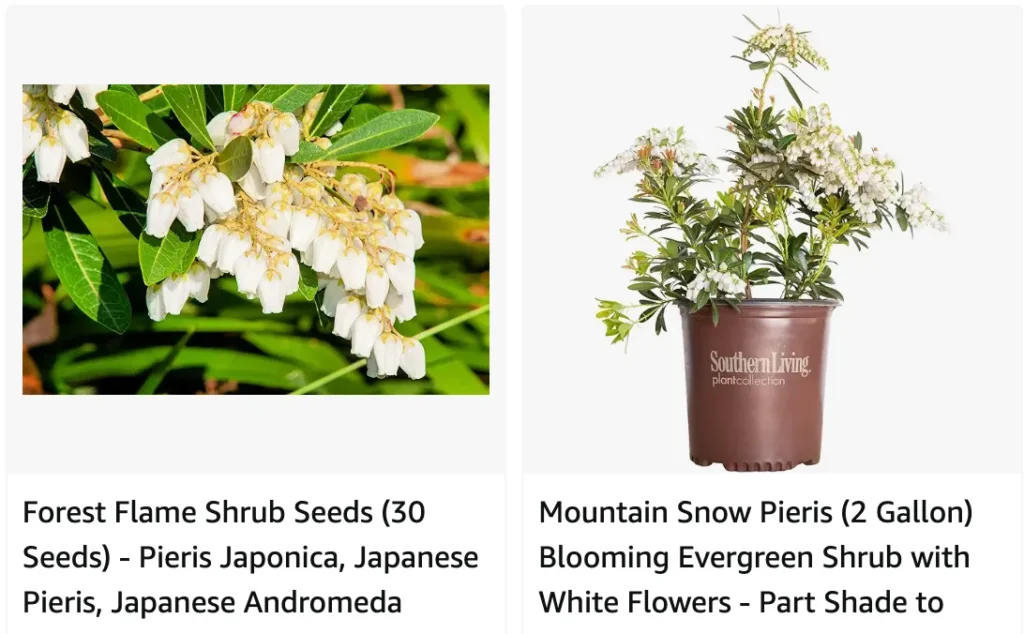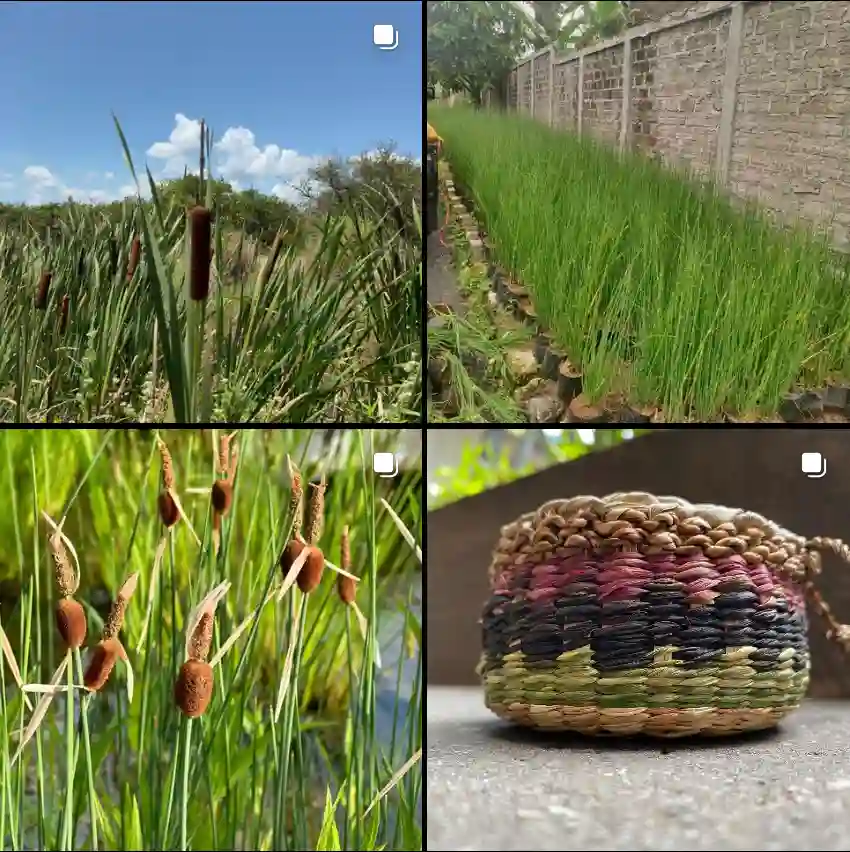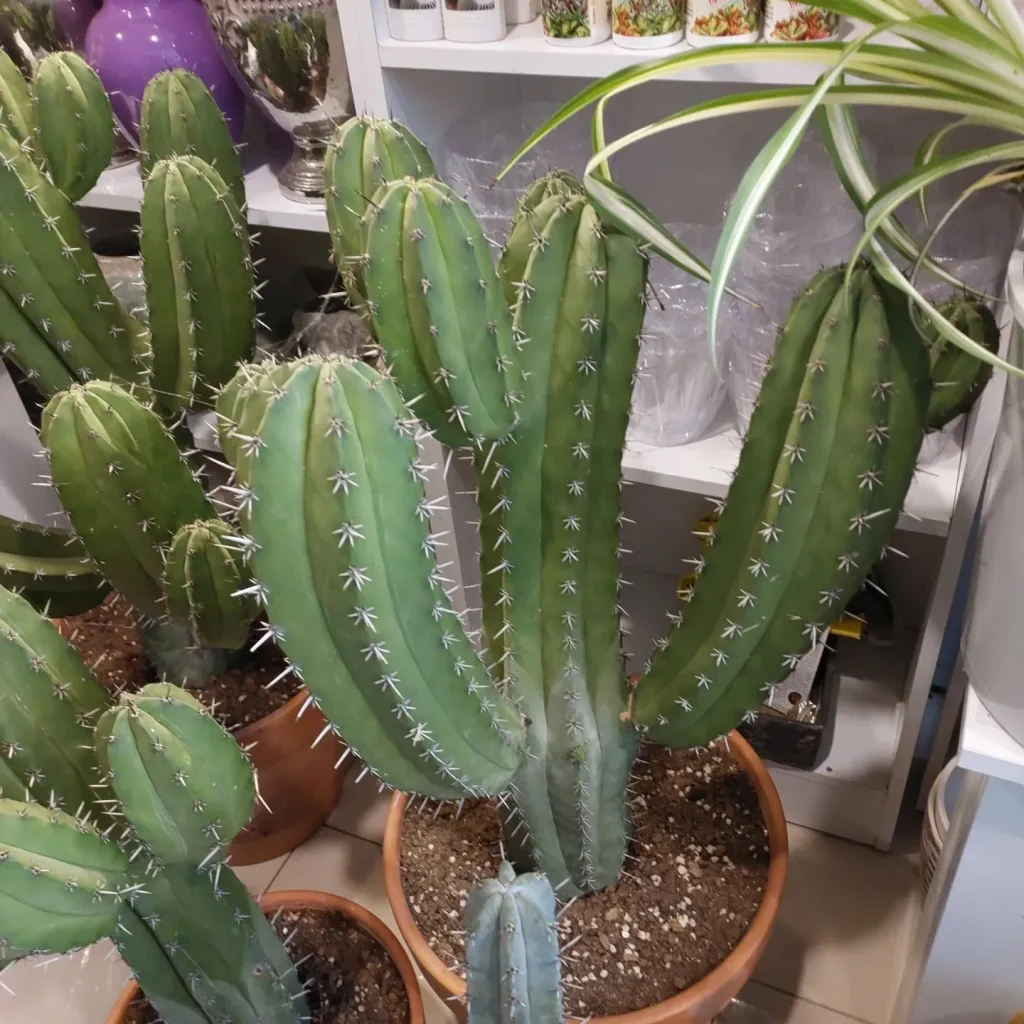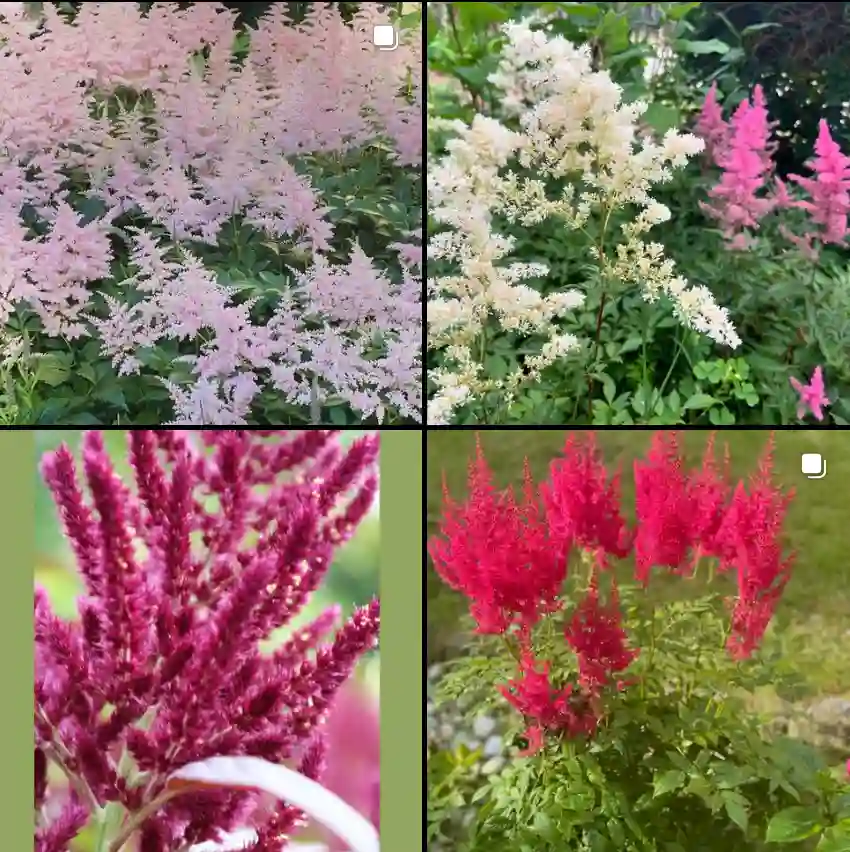
How to care for Mountain Snow Pieris?
Here’s a guide on how to care for your Mountain Snow Pieris and keep it thriving in your garden:
10 Species in Genus Pieris
Planting:
- Sunlight: Mountain Snow Pieris prefers partial shade. Avoid harsh afternoon sun, especially in hot climates, as it can scorch the leaves and affect flower production. However, some morning sun is beneficial.
- Soil: Prefers well-drained, acidic soil. If your soil is heavy clay or alkaline, amend it with organic matter like compost, peat moss, or composted pine needles to improve drainage and lower the pH.
- Planting Steps:
- Dig a hole 2-3 times wider than the root ball of your Mountain Snow Pieris and just as deep.
- If necessary, amend the dug-up soil with organic matter as mentioned above.
- Carefully remove the plant from its pot (if container-grown) and gently loosen any pot-bound roots.
- Place the plant in the hole, ensuring the root crown (the area where the stem meets the roots) sits at or slightly above the surrounding soil level.
- Backfill the hole with the amended soil mix, tamping it down gently to remove air pockets.
- Water thoroughly to settle the soil around the roots.
Aftercare:
- Watering: Water regularly, especially during the first growing season, to keep the soil consistently moist but not soggy. The frequency will depend on rainfall and weather conditions. Established plants are more drought tolerant but will benefit from occasional watering during dry periods. Signs of thirst include wilting leaves.
- Mulching: Apply a layer of mulch (2-3 inches thick) around the base of the plant to retain moisture, regulate soil temperature, suppress weeds, and help maintain soil acidity (mulch decomposes and releases organic acids). Keep mulch a few inches away from the stems to prevent rot. Pine needles or other acidic mulches are a good choice.
- Fertilizing: Mountain Snow Pieris is not a heavy feeder. A single application of a slow-release fertilizer formulated for acid-loving plants in early spring is sufficient. Avoid over-fertilizing.
Additional Tips:
- Mountain Snow Pieris is generally pest and disease resistant. However, watch for common problems like lace bugs, aphids, or scale insects. You can treat them with insecticidal soap or neem oil if spotted.
- The new foliage emerges bronze-colored, maturing to a dark green. The showy white flowers appear in bud form in summer and persist through winter before blooming in early spring.
Is Mountain Snow Pieris deer resistant?
Yes, from my experience, Mountain Snow Pieris is quite deer resistant. I have it planted in my garden, and despite the frequent visits from deer in my area, they rarely nibble on this shrub. It’s such a relief to have a plant that remains untouched when so many others get damaged. I love that it adds a lush, evergreen presence without the constant worry of deer making a meal out of it.
How fast does Mountain Snow Pieris grow?
In terms of growth rate, Mountain Snow Pieris grows at a moderate pace. Over the past few years, I’ve noticed it gaining height and fullness steadily but not aggressively. It’s nice because it fills in the garden space well without needing constant pruning or control. I find that it maintains a neat shape and doesn’t require too much attention, which fits perfectly with my gardening style.
How to prune Mountain Snow Pieris?
Pruning Mountain Snow Pieris is straightforward and something I usually do right after it finishes flowering in the spring. I take care to remove any dead or diseased branches and lightly shape the shrub to maintain its natural form. I also cut back any wayward branches to keep it looking tidy. This routine has helped it stay healthy and encourages a good bloom for the next season.
What zone does Mountain Snow Pieris grow well in?
I’ve found that Mountain Snow Pieris thrives particularly well in USDA zones 6 to 8. Living in a zone 7 area, it has adapted beautifully to the climate here. It enjoys the well-drained, acidic soil of my garden, and I appreciate that it can handle both the mild winters and the warmer summers we experience. This hardiness makes it a reliable choice for my landscape.
If i die, water my plants!



